Stoptober 2021 campaign evaluation 'planned for end of December 2022'
 Tuesday, November 8, 2022 at 14:00
Tuesday, November 8, 2022 at 14:00 Is the Department of Health and Social Care reading this blog?
Probably not but yesterday, 24 hours after I posted this (So much for freedom of information), there was interesting twist.
Sunday's post concerned an email I received on Friday from the DHSC. It was in response (or so I thought) to an FOI I submitted last month and it read:
Due to the extremely high volumes of correspondence the department receives, we must regretfully inform you that we are not able to provide an individual response to every enquiry we receive from the public. We are, however, continuing to record all the correspondence we receive so that we can track the issues being raised. I am sorry if this falls short of the service you may expect to receive.
I was less than impressed, hence Sunday's whinge. Yesterday however, at 18:24, I received a further email from the DHSC and this time it included replies (if not answers) to all my FOI enquiries about recent Stoptober campaigns.
I discovered, for example, that the full and final costs for the 2019, 2020 and 2021 campaigns were £1,717,000, £1,566,000 and £2,090,000 respectively.
Add those figures to the cost of the 2017 and 2018 Stoptober campaigns and the list reads:
- 2017 – £2,100,000
- 2018 – £2,038,000
- 2019 – £1,717,000
- 2020 – £1,566,000
- 2021 – £2,090,000
In total those five campaigns (Stoptober was launched in 2012) have cost the taxpayer almost £10 million (£9,511,000 to be exact).
Included in the figures is the cost of hiring 'celebrity ambassadors' to work on each campaign.
We know, for example, that Public Health England hired four comedians – Al Murray, Bill Bailey, Rhod Gilbert and Shappi Khorsandi – at a total cost of £195,000 to help promote Stoptober 2015.
The adverse publicity may have had some effect because the following year (Stoptober 2016) the total sum paid to four more ambassadors (Phil Tufnell, Craig Revel Horwood, Chris Kamara and Natasha Hamilton) dropped from £195,000 to just £29,000.
Likewise Kym Marsh, Leila Morse and Graeme Souness were paid a total of £30,000 for Stoptober 2017 while Jeremy Kyle received £20,000 for working on Stoptober 2018.
Yesterday however, in response to my request for information about the cost of employing celebrity ambassadors in 2020 and 2021, the DHSC replied:
We are not able to provide a full answer to your request for individual celebrities/celebrity ambassadors and the amount we pay them. We consider that this information is exempt under section 43 of the FOIA, which exempts from the general duty to release information that would, or would be likely to, prejudice the commercial interests of any entity, including the public authority holding the information.
In order to determine whether the above exemptions are sufficiently engaged DHSC must assess the public interest considerations. Accordingly, DHSC has set out below the factors it has taken into consideration in determining its disclosure position.
According to the DHSC, factors that were considered in favour of release include:
- The public interest in transparency and commitment to be open and transparent.
- Disclosing information to present a full picture.
Factors that supported the exemption include:
- Maintaining DHSC’s ability to negotiate fees, sometimes much reduced from commercial rates.
- Often DHSC relies on the specific celebrities to work on a particular campaign because of its association with the celebrities’ public/personal profile and disclosure of the unique fee arrangement is likely to undermine the core campaign message.
I’m a bit surprised they chose not to release the information because, as I mentioned before, in earlier campaigns the fees earned by Stoptober’s ‘celebrity ambassadors’ seemed to be fair game for public consumption. Why taxpayers should now be denied that information seems a bit strange although I understand some of the reasons put forward.
Anyway, while none of this is exactly earth-shattering, I'll leave you to ponder why the campaign evaluation reports are being published later and later.
According to Public Health England in 2016, a full evaluation of Stoptober 2016 was due to be published in February 2017, four months after the event finished (which seemed reasonable). Instead, and despite considerable prompting by Forest, it wasn't published until 26 October 2017, almost twelve months after the campaign it was evaluating finished.
Since then that timescale has become the norm for Stoptober evaluations. The 2017 campaign evaluation was published on 26 October 2018, the 2018 campaign evaluation on 3 October 2019; the 2019 campaign evaluation on 7 October 2020; and the 2020 campaign evaluation on 16 September 2021.
There is still no sign however of the 2021 campaign evaluation. Instead, in answer to our latest FOI request, the DHSC says publication is 'planned for end of December 2022', a full 14 months after the event finished.
Not that it really matters. Stoptober evaluations rarely offer much information and most of it is about brand recognition not smoking cessation.
If however our FOIs keep them on their toes it's not a complete waste of time.
See also: Evaluating Stoptober


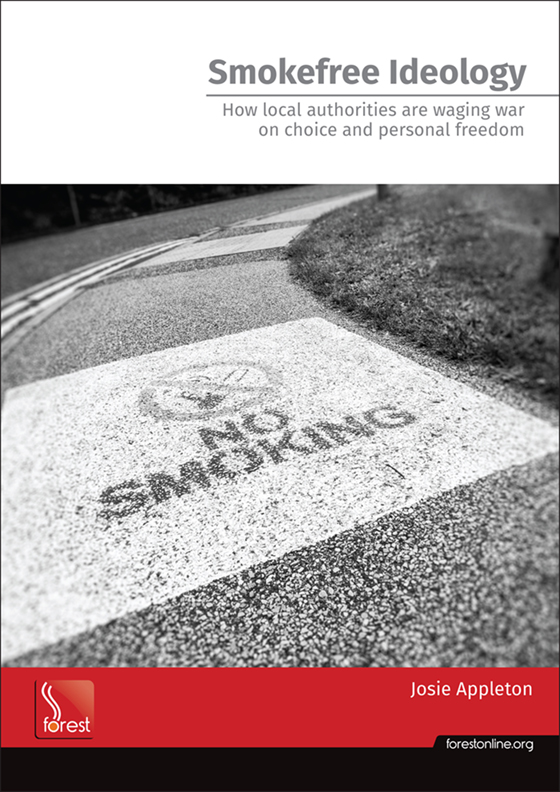
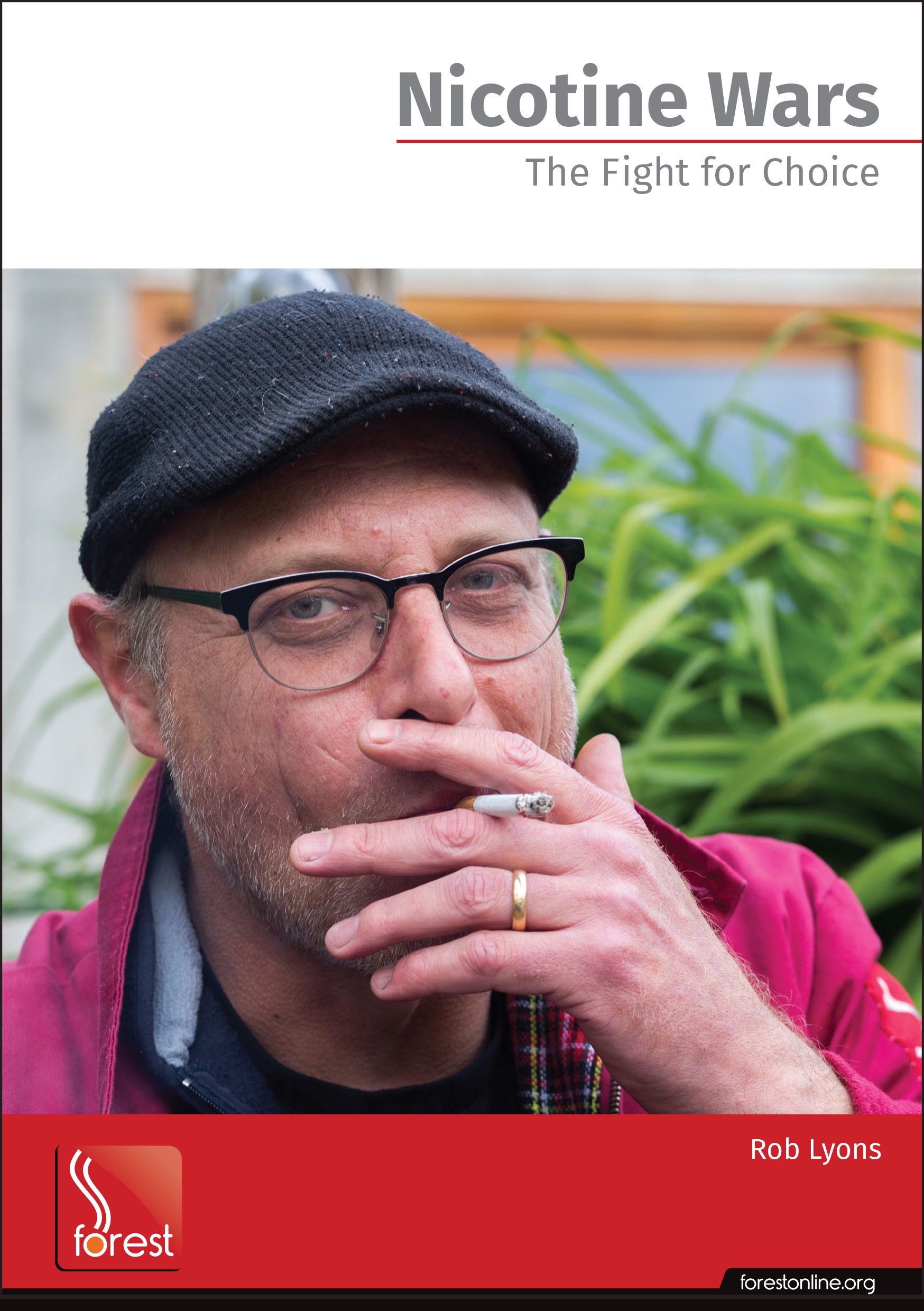

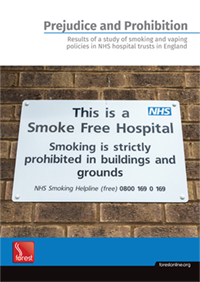
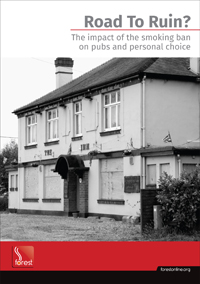
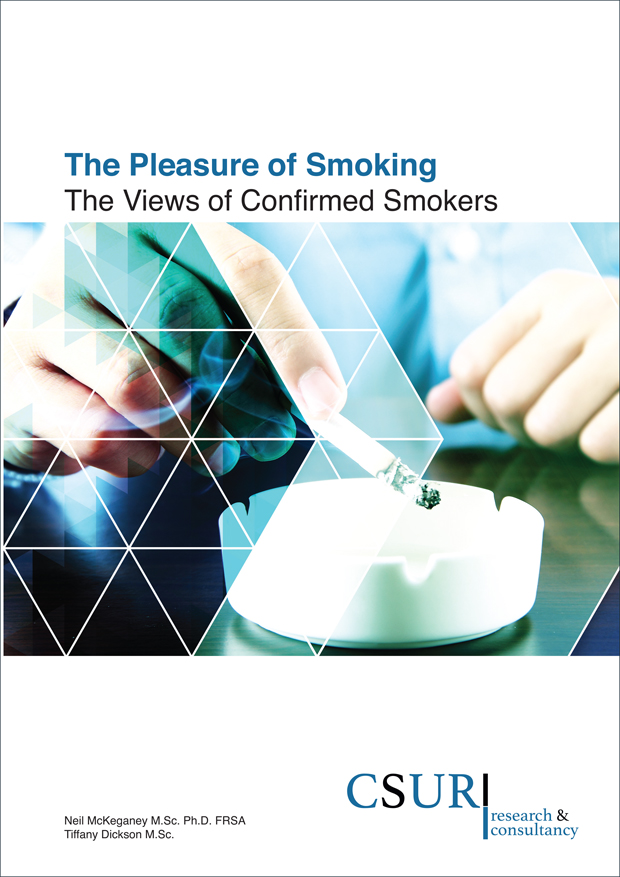
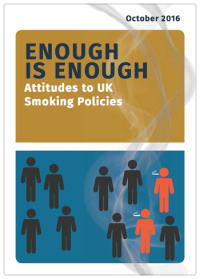
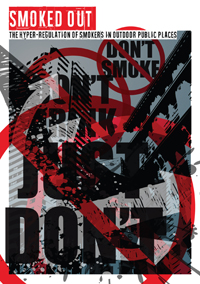

Reader Comments